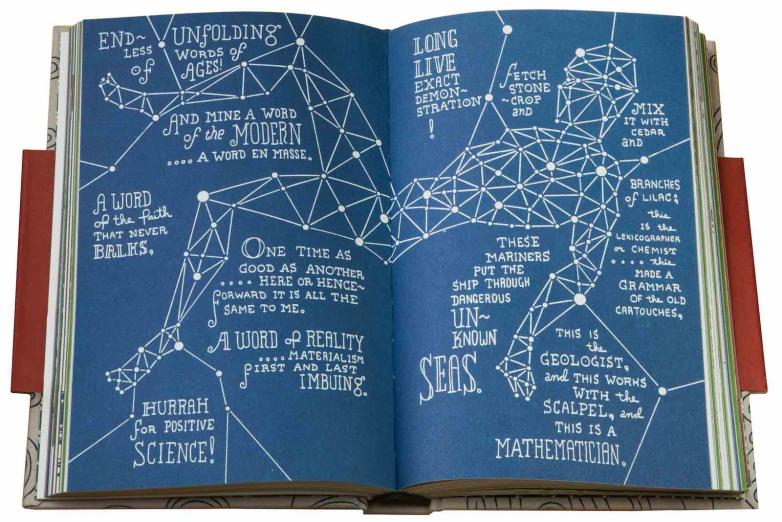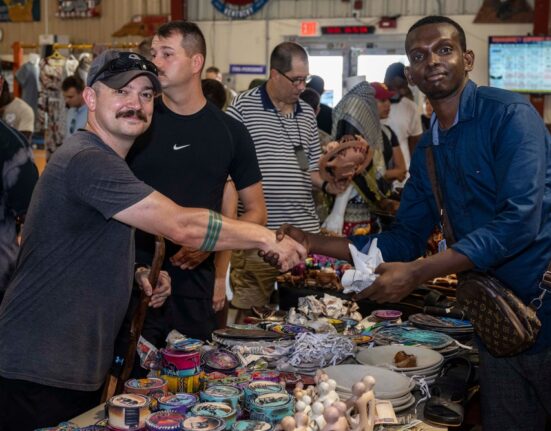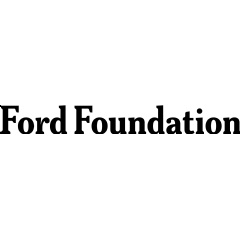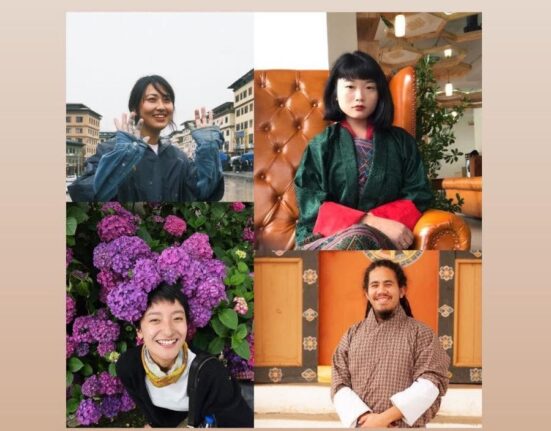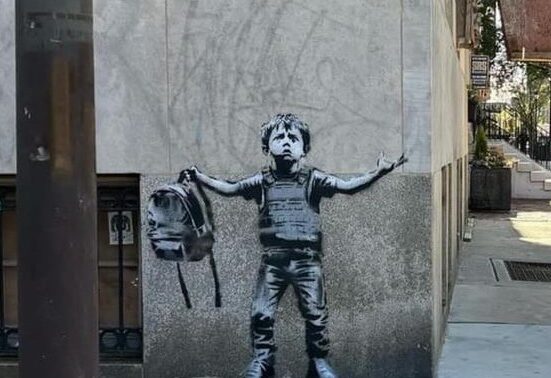A new exhibition of contemporary artists’ books at the Grolier Club celebrates hundreds of years of communication through real and imagined languages.
On view from February 29 through May 11 in the New York club’s second floor gallery, Language, Decipherment, and Translation – from Then to Now presents a kaleidoscopic presentation of more than 50 books, collages, prints, and scrolls that feature hieroglyphics, translations of classic folktales, and other forms of written and visual language.
Curated by Grolier Club member Deirdre Lawrence who was inspired in part by the recent 200th anniversary of the decipherment of the Rosetta Stone (1822), the exhibition features many intricately detailed artists’ books by visionary contemporary artists. “Drawn primarily from my personal collection of approximately 2,000 books and prints, and growing, this exhibition reflects my collecting interests spanning the ancient world, especially Egypt, the work of Walt Whitman, who was himself enthralled by Ancient Egypt; the history of art, especially photography; and books made by contemporary artists,” she said.
The exhibition begins with a prelude of historical books documenting early attempts to decipher Egyptian hieroglyphics. Among the works on view are an 1842 study by French linguist Jean-François Champollion who in 1822 deciphered the Rosetta Stone’s Egyptian and Greek texts to unlock modern understanding of hieroglyphics, and an 1858 copy of a drawing of the Stone in the British Museum by Charles Reuben Hale, one of the authors of the first published English translation of the Rosetta Stone.
The exhibition also showcases more than 40 contemporary artists’ books from 1984 to 2023 that explore forms of communication including erasure and signs and symbols. Works on view feature inventive imagery, typography, design, printing, and bindings, including:
- the laser cut Arabic calligraphy in Islam Mahmoud Mohamed Aly’s Marginalia 1 (2013) that appears burned into the pages
- The Flight into Egypt: The Third Magnitude (2009-2010) in which artist Timothy C. Ely depicts a fantastical world of floating pyramids, topographic maps, and scrolls with his own personal writing system called ‘Cribriform’
- Laura Davidson’s book Useful Knowledge (1998) which has hand-colored Linoleum prints inspired by an Italian book she found with patterns, letter forms, and text blocks that have deeply influenced her artmaking for decades

